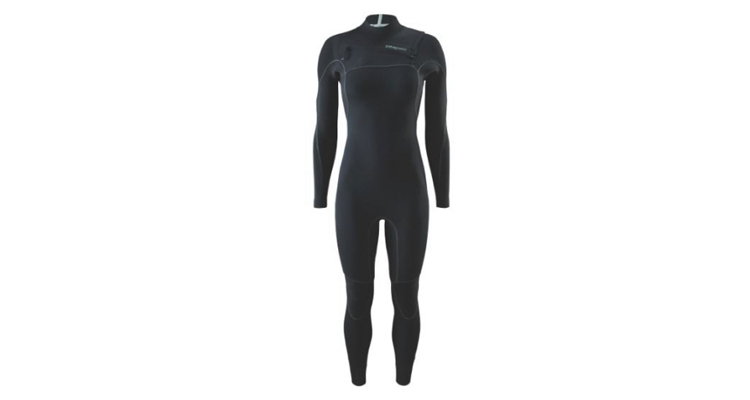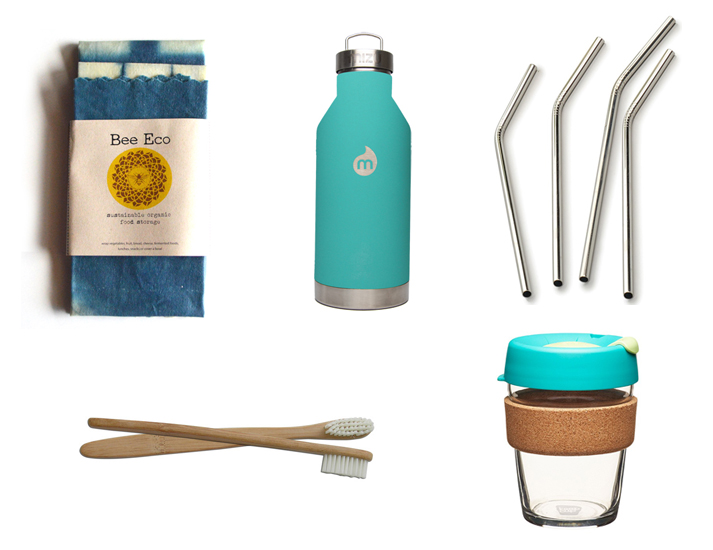PATAGONIA YULEX WETSUIT
Price: £280 - £425 (depending on thickness)
Patagonia have made the first neoprene-free wetsuit. The Yulex wetsuits, released this month, are made from natural rubber, replacing neoprene which is a petroleum-based material for a plant one.
Patagonia are great at sticking to their eco morals - the water they use to make the wetsuits is recycled and the rubber comes from Forest Stewardship Council sources.
ODINA BIKINI
Price: £102
Odina make eco-friendly swimwear, made from recycled plastic and materials. They are designed and tested by surfers not models, so you can trust them in the water. I love their designs, especially the back straps. They aren't cheap, but nothing environmentally friendly ever is, eh? You can buy Odina bikinis in the UK from Seafoam.
BUTTA SURF WAX
Price: £2.20
Butta make eco-friendly surf wax right here in the UK. Most surf wax is made from petroleum and doesn't biodegrade, which is why Butta make their wax from 100 per cent eco-friendly ingredients. Each bar is housed in a biodegradable cup and a percentage of their profits are donated to charity Surfers Against Sewage. You can buy it from TVSC.
AUBREY ORGANICS NATURAL SUNSCREEN
Price: £12.98
It's actually amazingly tricky to find a reef-safe sunscreen in the UK. Just have a read of Girl Independent's blog post on this matter. It's important to wear reef-safe sunscreen because it washes off your body into the ocean. These chemicals are contributing to the bleaching of coral reefs.
SurfYogis have a great natural reef-safe sunscreen, but it's not readily available to buy in the UK. Aubrey Organics is the one we found that can be bought online in the UK. Just make sure you keep reapplying.
WaveTribe Recycled Surfboard Leash
Price: £23.99
Californian company Wavetribe make their leashes out of recycled material with the main cord created from recycled plastic bottles. They claim to be the strongest leashes out there, which is always a bonus when you are surfing heavy waves. You can buy them from our new favourite online surf shop, The Green Wave.
WATER-to-GO BOTTLE
Price: £12.99 (comes with one filter)
Have you stopped buying plastic water bottles but still struggle when you go to a country where the drinking water isn't safe?
Water-To-Go have found a solution to this problem. Their refillable water bottles contain a filter which removes 99.9 per cent of water-born contaminants that could make you sick. Each filter cleans 130L of water, which will last you approximately two months.
I spent ages reading up their credentials before I purchased my Water-To-Go bottle. There are dozens of good reviews from people who've filled up their bottles in Africa, India and beyond. They were also tested by the London School of Hygiene and Tropical Medicine with stellar results.
We're off to Bali in a few months and we are planning on using these bottles. I'll let you know how we get on.
Wavetribe Hemp Surfboard Bag
Price: £69.95 to £139.95 depending on size
Wavetribe make the most eco-friendly surfboard bag we could find in UK, using the least amount of harmful materials possible. Their bags are mostly made from hemp which is super sustainable and grows without the use of pesticides. It's also UV resistant and mould resistant, so it will last you a long time. Buy one from The Green Wave.
















